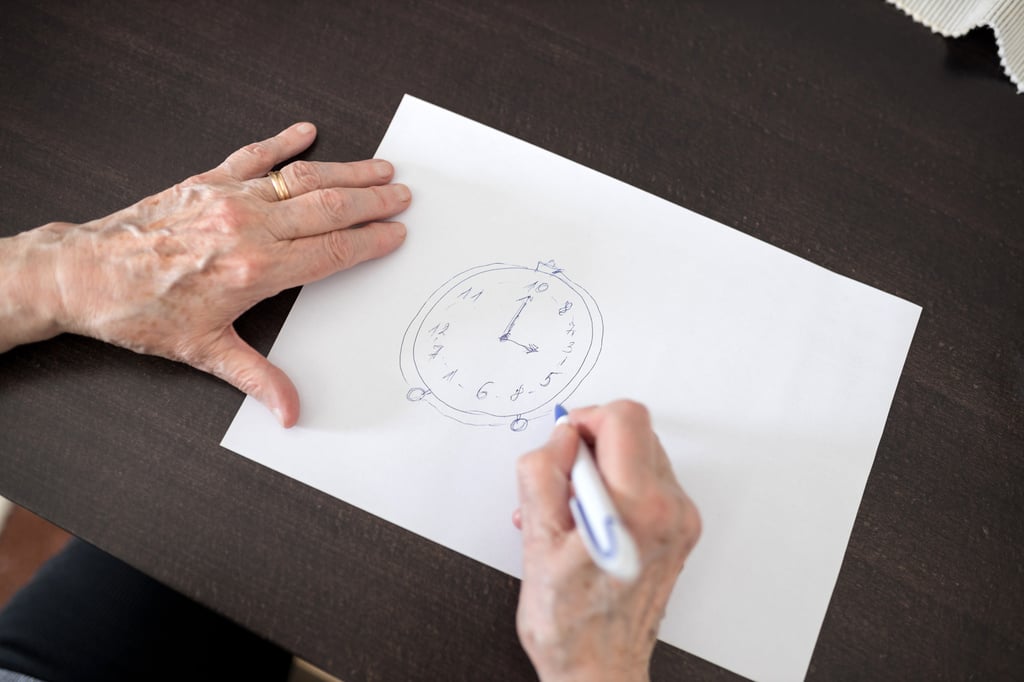Testing for dementia by asking patients to draw a clock, walk and talk, stand on one leg
Is it dementia? A popular neurologist uses five simple tests of cognitive function to help gauge the health of a patient’s brain

I watched my mother draw a clock while she was in a brain rehabilitation centre after her stroke. Until then, I did not know how common a test it was, how often it was used – or why.
The clock drawing test – or CDT – is used regularly to assess several mental processes. Over the past two decades, it has become a key tool in early screening for cognitive impairment – especially dementia.
You might expect it to be simple: drawing a clock that shows the time, say, at six o’clock: a circle, numbers, a big hand, a little hand.

Our cognitive functions include perception, memory, learning, attention, decision making and language abilities.
The value of this ostensibly simple test is that it requires using several of these functions at once. Was the person able to focus? Could they hear the instruction, and comprehend it? What is the state of their visual memory – do they know where the numbers and hands are on a clock face? How are their motor skills – do they have the dexterity to draw a clock?